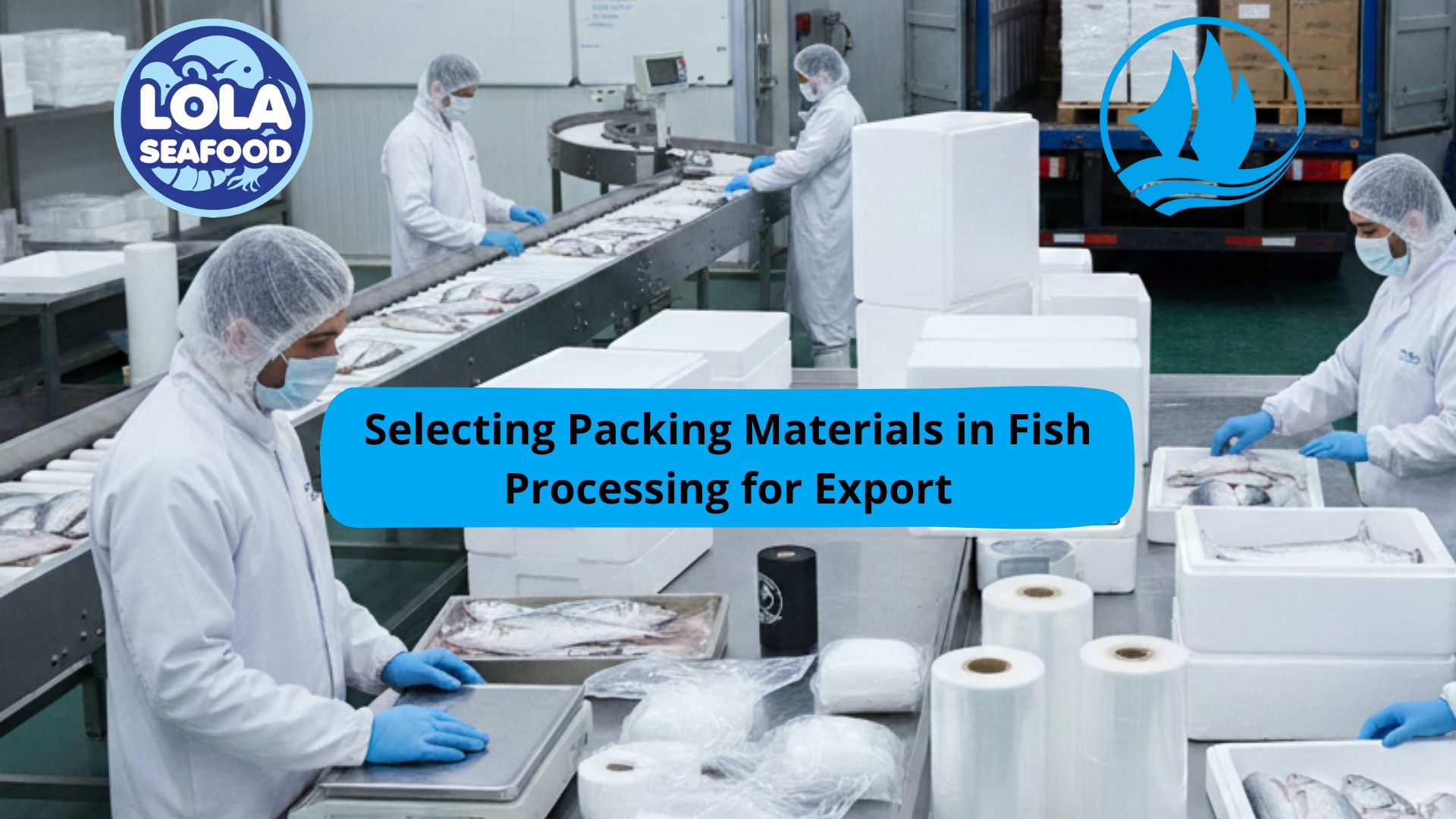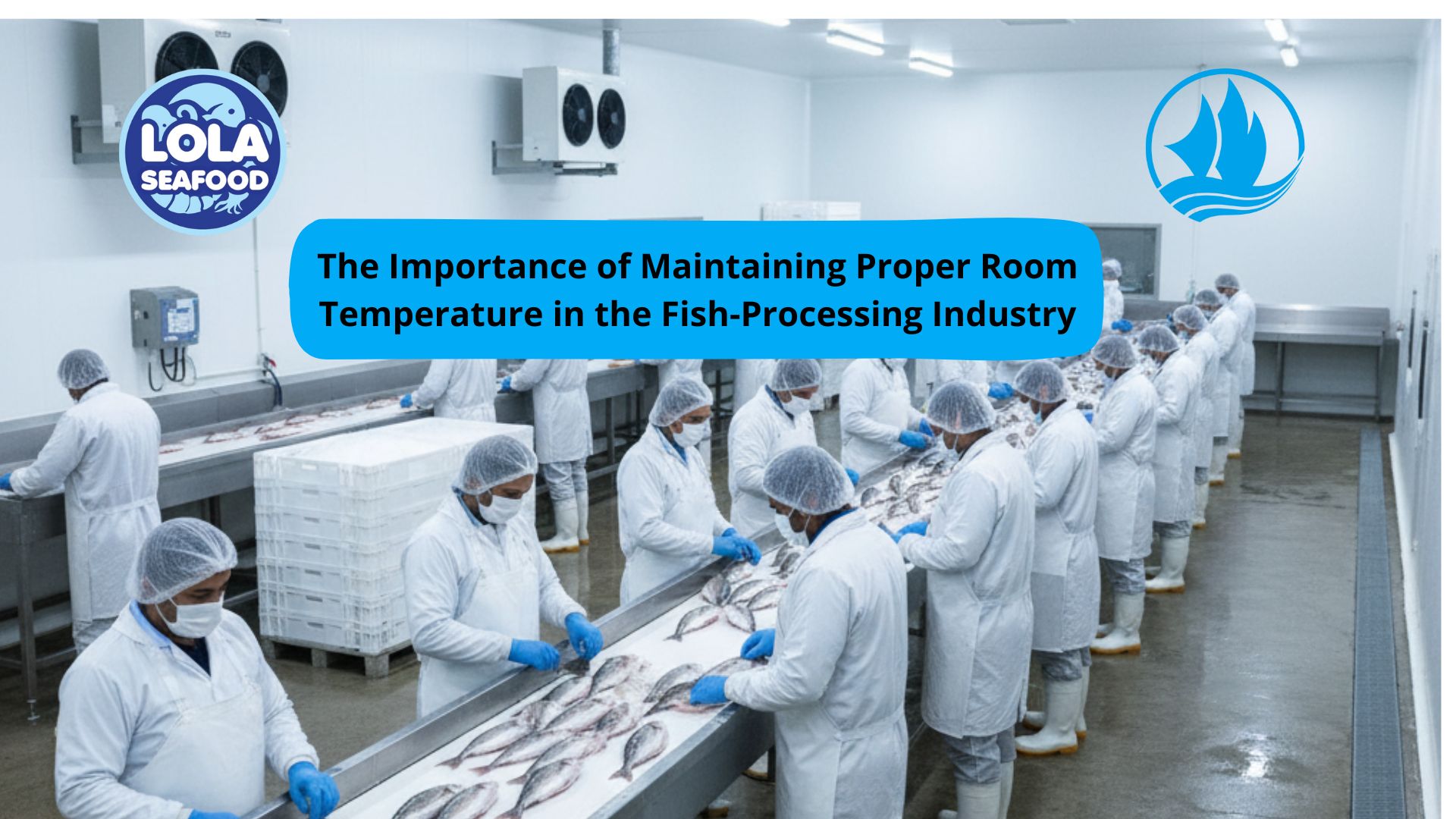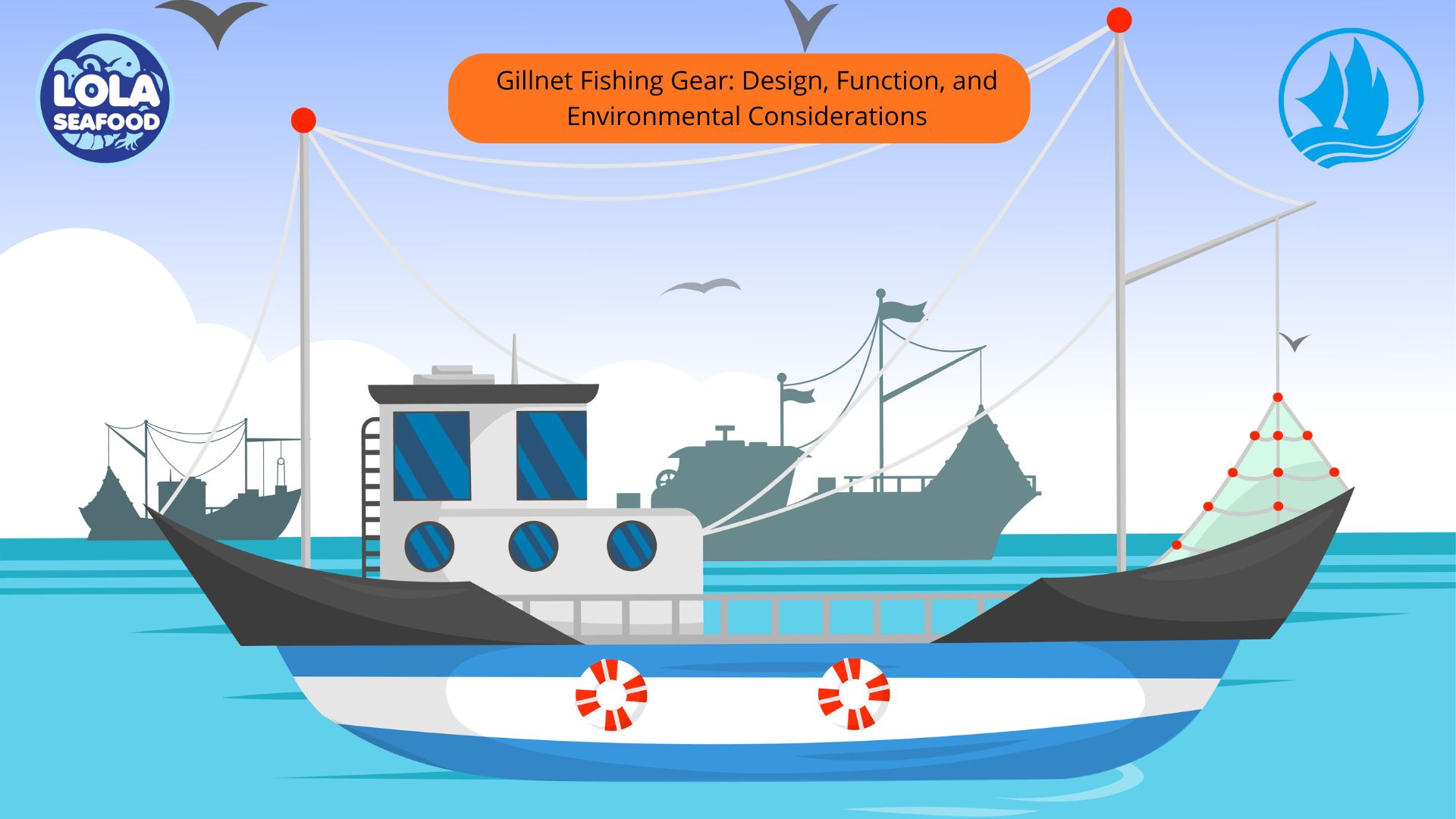Selecting Packing Materials in Fish Processing for Export
By. Lutfi - 24 Nov 2025
kelolalaut.com Choosing appropriate packing materials is a crucial step in the fish processing industry, particularly when the products are destined for export markets. Exported fish often travel long distances, pass through several handling points, and must meet strict regulations from importing countries. To ensure product quality, safety, and market acceptance, several key points must be considered when selecting the most suitable packing materials. Each point plays an important role in maintaining the condition of the fish throughout the supply chain and ensuring that it arrives fresh and safe for consumers overseas.
Temperature Control
Temperature control is essential in maintaining the freshness of fish products during export. Because fish is highly perishable, the packing materials must help preserve a stable low temperature throughout transportation. Many exporters rely on insulated containers such as Expanded Polystyrene (EPS) boxes because they can retain cold temperatures for long periods and are lightweight enough for cost-efficient shipping. In recent years, some international markets have begun promoting environmentally friendly alternatives such as biodegradable insulated boxes made from natural fibers. These alternatives still offer good insulation and help reduce plastic waste. To ensure effective cold-chain management, the packing materials must also be compatible with gel ice, flake ice, dry ice, or other cooling media used in international shipments. Combining proper insulation with reliable cooling sources ensures the product remains safe and fresh even during long journeys.
Moisture Resistance
Fish products naturally release moisture, making moisture resistance another key factor in packaging selection. Excess moisture can weaken the packaging, promote microbial growth, and affect the appearance and quality of the fish. To avoid these problems, processors often use polyethylene liners or moisture-proof films inside the outer packaging. For frozen or filleted products, vacuum packaging is widely used because it removes oxygen, reduces moisture buildup, and extends shelf life by preventing freezer burn. For smoked, dried, or seasoned fish, multi-layer barrier films are important because they reduce oxygen exposure and maintain flavor and texture. Moisture-resistant materials are vital for preserving quality during export, particularly when shipments encounter changing temperatures and high humidity.
Strength and Durability
In export logistics, fish products are transported through multiple stages—loading, stacking, customs handling, and distribution—so the packaging must be strong and durable. Corrugated fiberboard boxes are commonly used as outer packaging because they are lightweight yet able to withstand stacking pressure. Boxes for export shipments typically have higher burst strength and may include reinforced layers to prevent collapse. In long-distance transport, especially via sea freight, vibrations and heavy stacking are common, so durable packing materials help protect the fish from physical damage. Strong packaging minimizes the risk of crushing, leakage, or deformation, ensuring the shipment arrives in excellent condition.
Food Safety Compliance
Food safety compliance is non-negotiable in export packaging. All packing materials must be food-grade, non-toxic, and compliant with regulations established by importing countries, such as the United States FDA, European Union food packaging laws, or Japan’s sanitation standards. Materials must not transfer odors, flavors, or harmful chemicals to the fish. Exporters must also be prepared to provide documentation or certification proving that their packaging materials meet international standards. Improper or uncertified packaging could lead to shipment rejection or delays at the port of entry. Therefore, ensuring food-safe materials is a core requirement for maintaining access to global markets.
Labeling and Traceability
Proper labeling is essential for exported fish products, and packing materials must support clear and durable labels. Export requirements often include information such as product name, species, grade, origin, batch code, production date, expiration date, and storage instructions. Because many fish shipments are transported under wet or cold conditions, waterproof labels or printable surfaces are needed to prevent smudging or label detachment. Effective labeling supports traceability, which is critical for food safety, recalls, and compliance with global supply chain standards. Packaging that supports reliable labeling helps build trust with importers and ensures transparency from processor to consumer.
Suitability for Product Type
Different fish products require different packaging approaches. Whole fresh fish typically needs insulated boxes filled with ice. Filleted or portioned frozen fish require vacuum-sealed packaging placed inside sturdy cartons. Value-added products like marinated, spiced, or smoked fish need barrier films that preserve aroma and prevent contamination. Matching the packaging to the type of fish ensures maximum shelf life and protects the product’s sensory qualities during export.
Sustainability
Sustainability has become an increasingly important factor, especially in markets like Europe, Japan, and North America. Buyers prefer recyclable or biodegradable packaging that reduces environmental impact. Using materials like FSC-certified cartons, recyclable plastics, or compostable films not only reduces waste but also enhances the brand’s reputation. Sustainable packaging helps exporters align with global environmental goals and comply with regulations from eco-sensitive markets.
Cost Efficiency
Although high-quality packing materials may require a larger initial investment, they often provide cost savings by reducing spoilage, damage, and shipment rejection. Lightweight materials can also help reduce freight costs, particularly for air shipments. Exporters must strike a balance between cost, durability, compliance, and the specific needs of their target market. Cost efficiency should be evaluated not only based on price but also on long-term value and overall product protection.
If youre interested in our Barramundi Whole Round / Whole Gilled Gutted Scaled , Barramundi Fillet Skinless , Barramundi Fillet Skin On and Barramundi Fillet Portion Cut, snapper please do not hesitate to contact us through email and/or Whatsapp
.jpg)

.jpg)




.jpg)